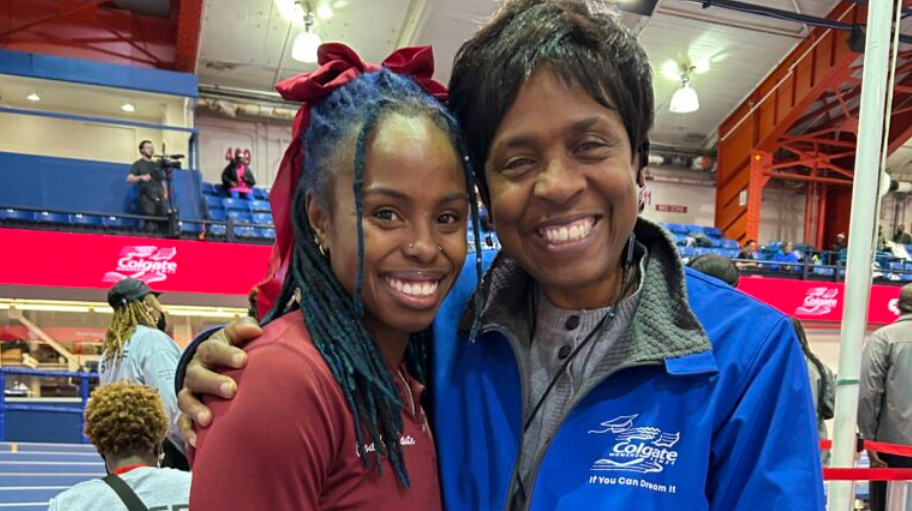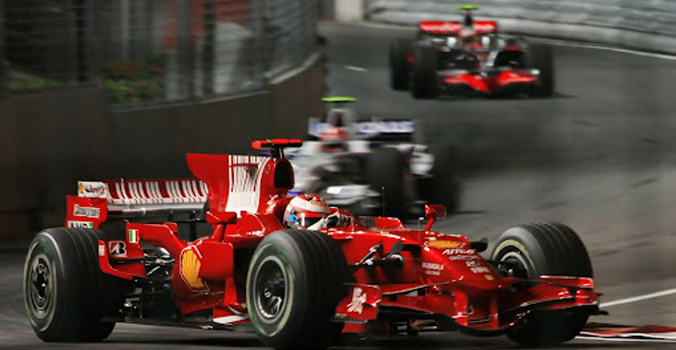To put it bluntly, they were seen as a "White team" based in a city known for its tortured relationship with Black athletes. Vandals ransacked Hall of Fame center Bill Russell’s home in 1971, destroying his trophies and other keepsakes, topping things off by defecating on his bed and spreading the excrement on the walls.
[On Race Matters]
These aren’t your father’s Boston Celtics.
As Kevin Garnett, Paul Pierce and the crew take on the Detroit Pistons in the Eastern Conference finals, one of the last things that comes to mind is the dark side of the team’s glorious past.
Growing up in the late 1980s and early 1990s, I was taught by my elders to root against the Boston Celtics, and not because they used to stomp my beloved New York Knicks on a regular basis. My ingrained dislike of the franchise — one mirrored no doubt by legions of Black fans across the country — stemmed from what the Boston Celtics represented.
To put it bluntly, they were seen as a “white team” based in a city known for its tortured relationship with Black athletes. Vandals ransacked Hall of Fame center Bill Russell’s home in 1971, destroying his trophies and other keepsakes, topping things off by defecating on his bed and spreading the excrement on the walls. And although Russell has since reconciled with the city, the incident was one of many that left him bitter for years.
There are even contemporary accounts of Black athletes encountering racism in Boston as well. In 2007, Anaheim Angels outfielder Gary Matthews Jr. said Boston was “one of the few places where you hear racist comments every once in a while.” But I digress. Back to the Celtics.
Never mind that the Celtics were at the forefront of several key milestones for African-Americans in sports. It didn’t matter that the franchise made Russell the first African-American head coach of any major sport back in 1966. And it didn’t matter that the Celtics were the first team to take the court with an all-Black starting lineup, or that they were the first NBA team to draft an African-American.
Instead, the Celtics were remembered in many Black circles for filling out the bottom end of their roster with mediocre White players to appease the mostly White hometown crowd — a fact pointed out by The New York Times’ Harvey Araton and the New York Daily News’ Filip Bondy in their 1992 book The Selling of the Green: The Financial Rise and Moral Decline of the Boston Celtics.
“With the exception of Artis Gilmore for 47 games in 1988, the Celtics’ backup center position to Robert Parish was virtually a closed white union shop, passed down from Rick Robey to Eric Fersten to Greg Kite to Bill Walton to Mark Acres to Brad Lohaus to Joe Kleine,” Bondy and Araton wrote.
Further compounding matters was the late great Red Auerbach — the architect of the Celtics dynasty. For all of the good Auerbach did to advance African-Americans in sports, he stained that legacy by reportedly telling forward Cedric Maxwell he reminded him of “that old movie guy Stepin Fetchit,” a character who embodied the stereotype of the subservient, shiftless Black male.
And during the 1980s, the Larry Bird-led Celtics were at the height of their fierce rivalry with Magic Johnson and the Los Angeles Lakers. Bird and the workman-like Celtics embodied the “hard-working Americans, white Americans” Hillary Clinton famously referred to, while the free-wheeling, fast-breaking Lakers appealed to a good number of African-Americans across the nation.
Those Celtics were led by K.C. Jones — a Black coach, — and featured key Black players like Robert Parish and Dennis Johnson. Bird versus Magic, glamour versus blue collar — and Black against White were the underlying themes in one of the most spirited rivalries American sports has ever seen.
And the national media hungrily devoured the delicious plot. Ironically, if the Celtics and Lakers meet in the 2007-08 NBA Finals, it would mark a stark role reversal from the 1980s. With foreign-born players Pau Gasol, Sasha Vujacic, and Vladimir Radmonivic playing key roles, the Lakers represent the globalized NBA. On the other hand, with only two white players and a Black coach, the current Celtics squad bears little resemblance to their forefathers.
But if the Celtics can be viewed as a microcosm of society — then we’ve come a long way.
Many Black fans are pulling for Garnett & Co to win the NBA title for the first time since 1985-86. And while never forgotten, memories of the team’s checkered past concerning race relations has faded for a new generation of fans.
To comment, to subscribe to or advertise in New York’s leading Pan African weekly investigative newspaper, please call (212) 481-7745 or send a note to [email protected]
Also visit out sister publications Harlem Business News www.harlembusinessnews.com publications and The Groove Music magazine www.thegroovemag.com
“Speaking Truth To Power.”






